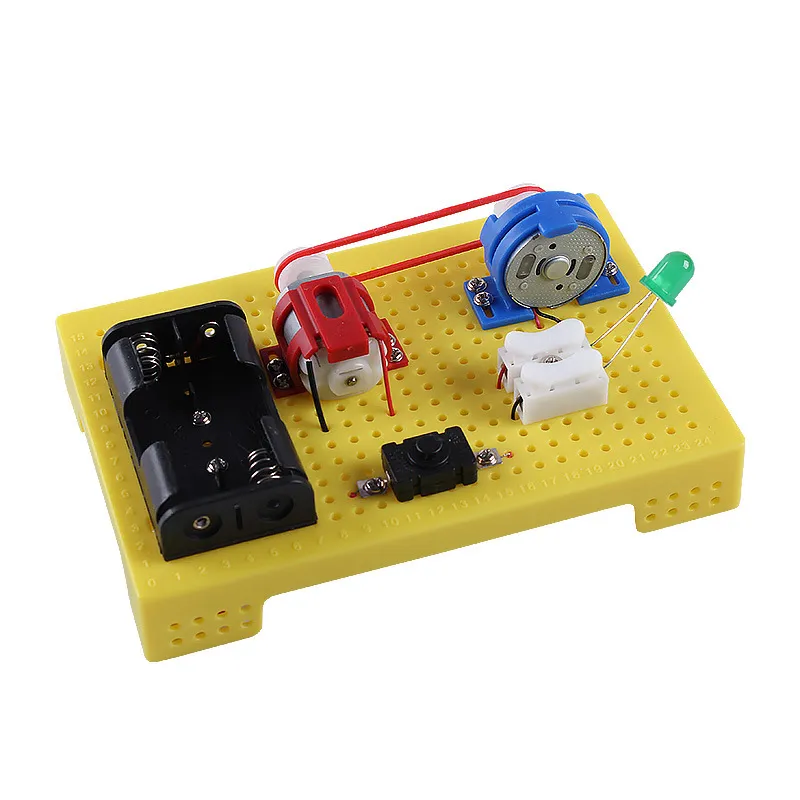

Slightly different in size and distortion. This will make the encoding slower and the output Reduce memory usage of lossy encoding by saving four times the compressed Use multi-threading for encoding, if possible. (but not both) of the width or height parameters is 0, the value will beĬalculated preserving the aspect-ratio. Resize the source to a rectangle with size width x height. This croppingĪrea must be fully contained within the source rectangle. ( x_position, y_position) and size width x height. crop x_position y_position width heightĬrop the source to a rectangle with top-left corner at coordinates Result in faster processing time at the expense of larger file size and Values are used, the encoder will spend more time inspecting additionalĮncoding possibilities and decide on the quality gain. Off between encoding speed and the compressed file size and quality. One), this option should preferably appear first in the order of the

Since -preset overwrites the other parameters' values (except the -q Possible values are: default, photo, picture, Specify a set of pre-defined parameters to suit a particular type of While the lower values result in a lossy compression. Lossless compression of alpha is achieved using a value of 100, Specify the compression factor for alpha compression between 0 andġ00. If options -q or -m are subsequently used, they will This option is actually a shortcut for some predefined settings for qualityĪnd method. Produces larger file size than slower ones. Switch on lossless compression mode with the specified level between 0Īnd 9, with level 0 being the fastest, 9 being the slowest. Maximum compression is achieved by using a value of 100. Small factor enables faster compression speed, but produces a larger file. In case of lossless compression (specified by the -lossless option), a Best quality is achieved by using a value of In case of lossy compression (default), a small factor produces a smallerįile with lower quality. Specify the compression factor for RGB channels between 0 and 100.

Note that lossy with -q 100Ĭan at times yield better results. The range is 0 (maximum preprocessing) to 100 (no preprocessing, theĭefault). It triggers lossless compression mode automatically. Pixel values to help compressibility, but has minimal impact on the visual near_lossless int Specify the level of near-lossless image preprocessing. The invisible pixel values (R/G/B or Y/U/V) will be preserved only if the lossless Encode the image without any loss. version Print the version number (as ) and exit.

H, -longhelp A summary of all the possible options. This option must appear last.Īny other options afterward will be ignored. This option is useful if the inputįile starts with an '-' for instance. string Explicitly specify the input file. Using "-" as output name will direct output to 'stdout'. The basic options are: -o string Specify the name of the output WebP file. Note: Animated PNG and WebP files are not supported. PNG, JPEG, TIFF, WebP or raw Y'CbCr samples. My idea is to create a temporary file, write data from f_() to it, open this file with and save with format="webp".Cwebp - Compress an image file to a WebP file SynopsisĬwebp input_file -o output_file.webp DescriptionĬwebp compresses an image using the WebP format. # FIXME: on other OS may cause FileNotFoundErrorį_object is InMemoryUploadedFile instance from POST request body (Django automatically create it). Temp_file = tempfile.NamedTemporaryFile(suffix='.temp.webp') New_file_name = str(Path(f_object._name).with_suffix('.webp')) I have service in my Django project's app, that upload images, and I need to convert all images to webp to optimize further work with these files on the frontend side.ĭraft of _convert_to_webp method: # importsįrom import temp as tempfileįrom import InMemoryUploadedFileĭef _convert_to_webp(self, f_object: InMemoryUploadedFile):


 0 kommentar(er)
0 kommentar(er)
